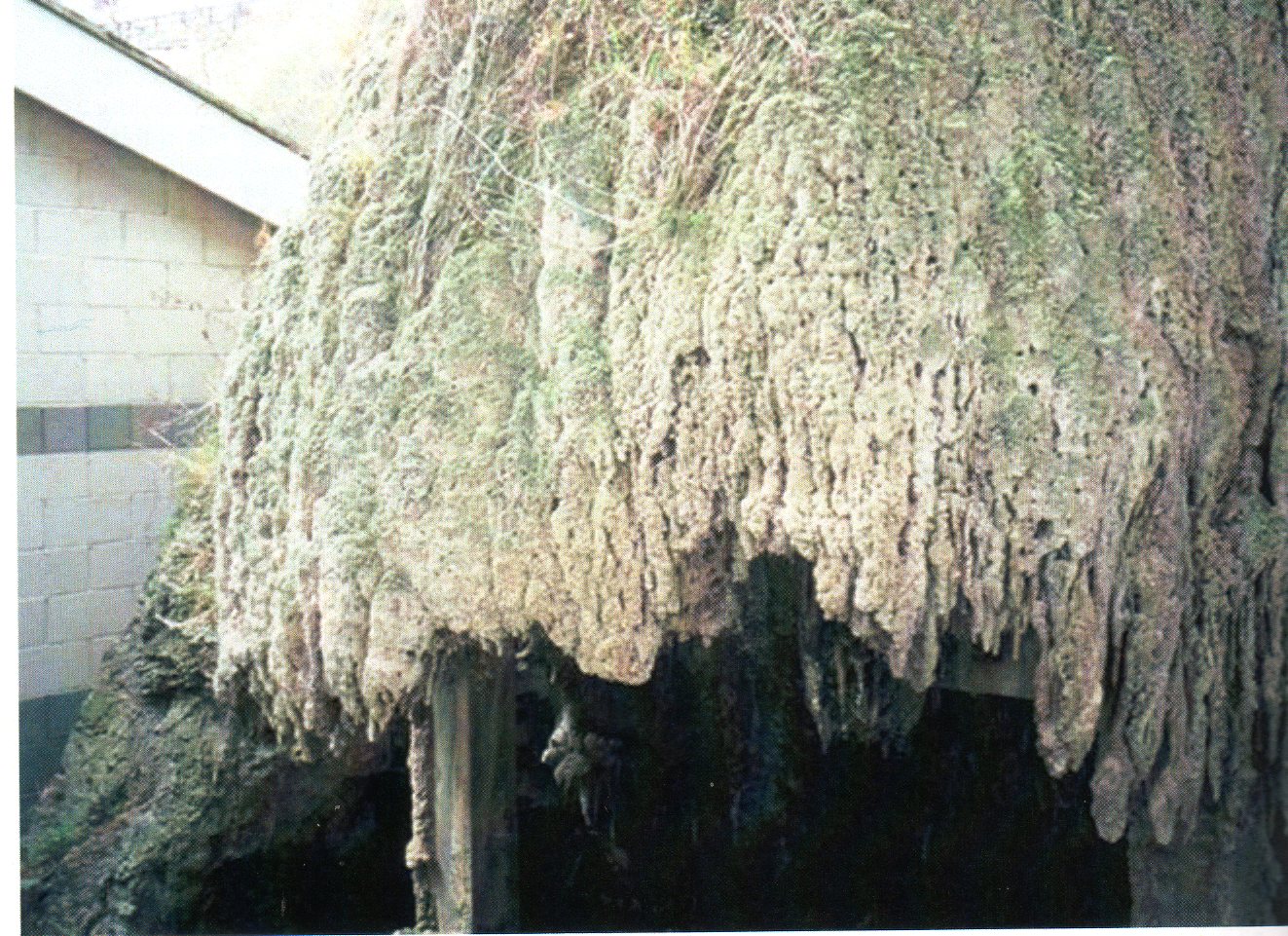


Bedrock and Building Stones – Geology exposed in the City of Sunderland.
A recent achievement has been the completion and publication of my book about the geology of Sunderland, and its building stones. Although focussed on Sunderland and its surroundings, the “principle” of the book, that the city has strong links with its underlying geology, will apply to every town, city or village where local stone has been used in its construction. Also widespread too are the threats to these links, caused by unsympathetic development. On the other hand, new building might well bring in stone from elsewhere, even from abroad, to add a bit of interest to what you see.
This book could well be called Sunderland’s real history. Few people realise how big a part the local geology has played in our heritage. Just imagine: without the coal deposits there would have been no mining, no exports, no shipbuilding, no international sized port, and no modern city. Sunderland might well today be a couple of villages either side of the Wear, and once famed for its fishing!
The geology has contributed to our heritage in other ways, too. As the then town grew, it used locally available building stones still to be seen in a good few of our older buildings and walls. One rock type used is almost certainly unique to Sunderland, and was sourced within the “Old Town” area. Another, ships’ ballast, is intimately linked to our history, and having been used in old walls it is seriously under threat due to redevelopment.
The wealth generated by the mining and ship building allowed the more successful merchants to import stone from as far away as Italy to decorate churches, company offices and mansions, and more recently stone has been imported for cladding shop fronts and for specific engineering use. Again many of these buildings survive and we can see many “foreign” rocks just strolling about town, even the more modern parts.
The book is made up as follows:-
The book is intended for readers who have different levels of geological knowledge, from the beginner to the enthusiastic amateur (of which there are many in the region). It will prove useful too for the professional in the fields of geology, architecture and town planning. Indeed, it was written to fill a gap in our regional geological literature, as other than the Geological Survey Memoir, almost nothing else exists.
The book covers 104 pages and is well illustrated containing 49 line drawings, maps, and colour photos.
Copies of the book can be purchased for £14.50 (or £16.00 incl p & p) by contacting me on drandrewlane@rocksofthenorth.co.uk


